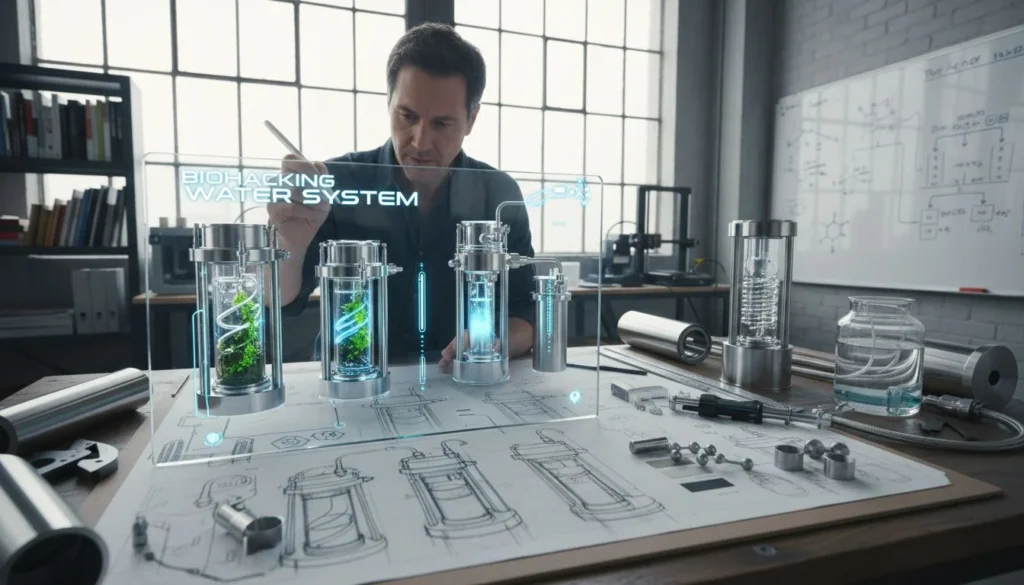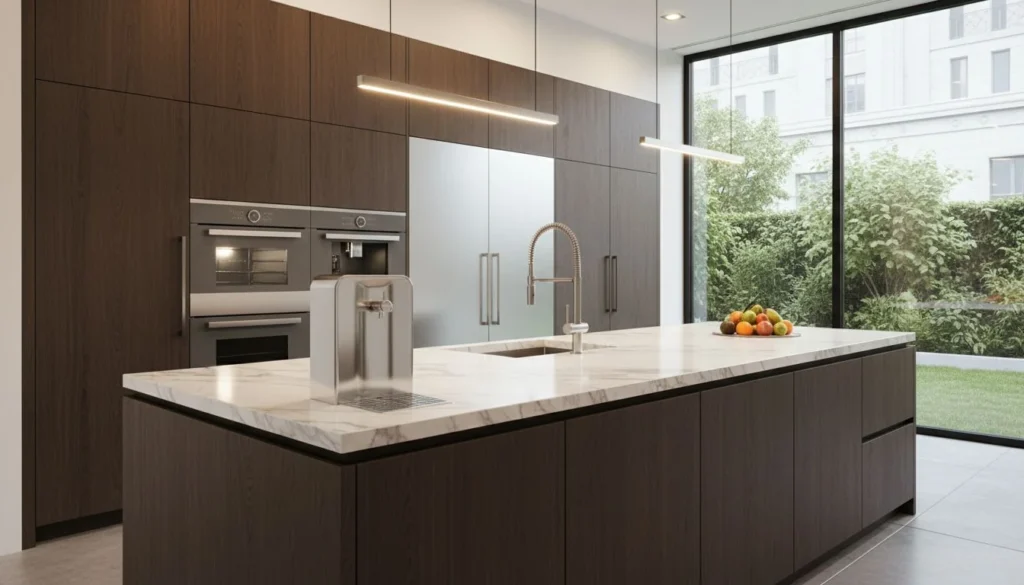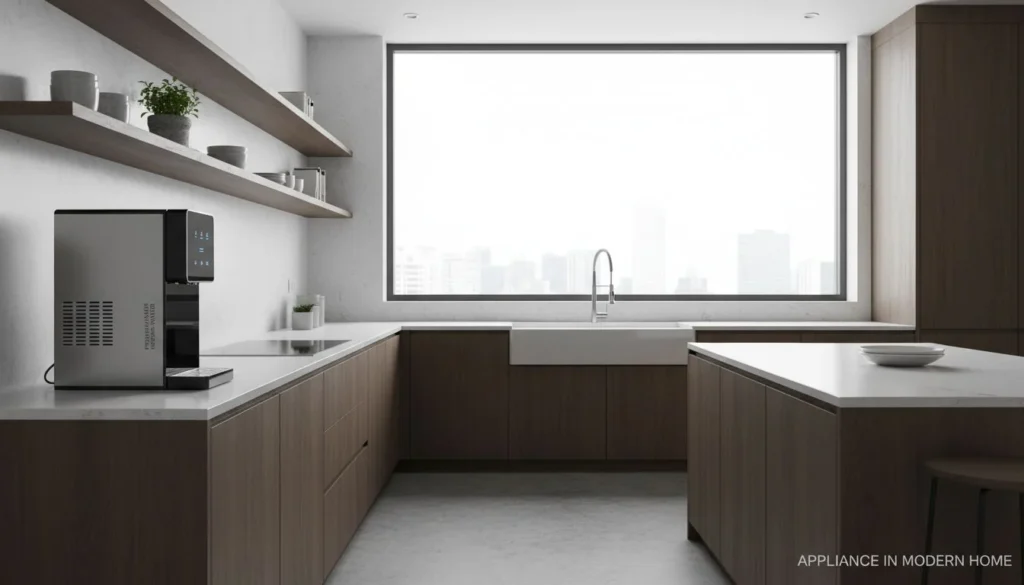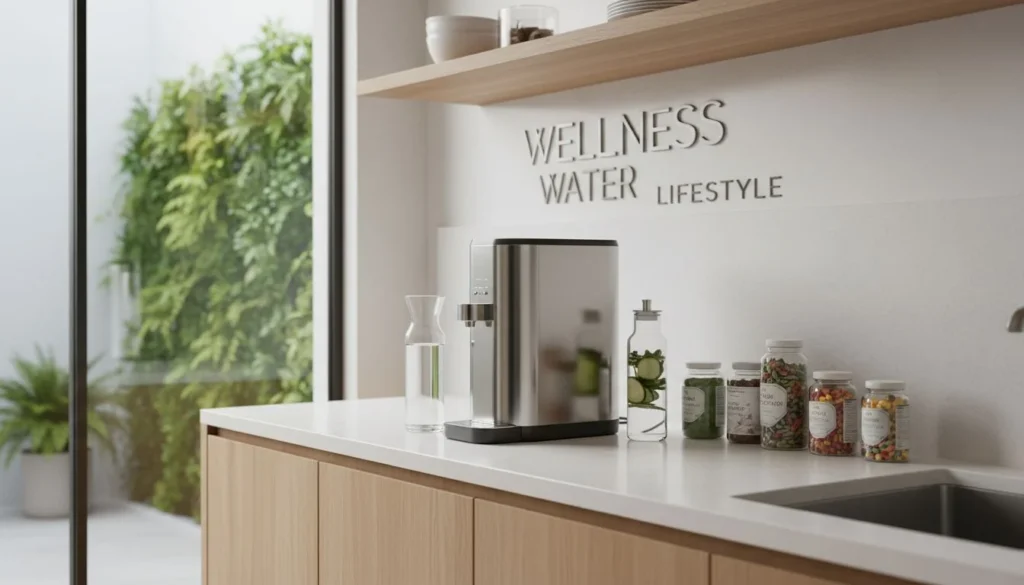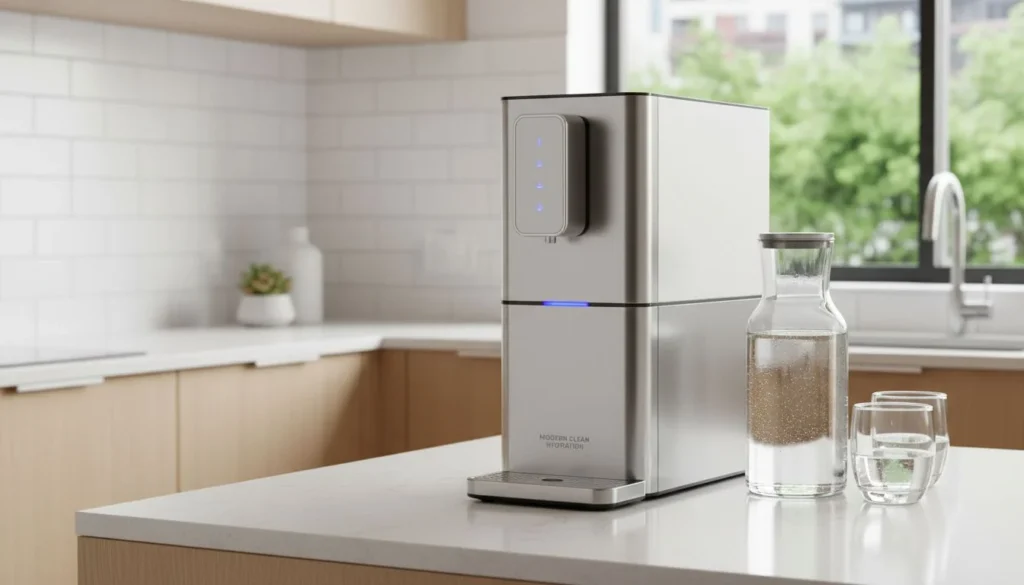Manufacturing an air purifier involves a series of intricate steps, from research and development (R&D) to quality testing and mass production. As air pollution and indoor contaminants become global health concerns, the demand for effective air purifiers continues to grow. This article provides a comprehensive guide to manufacturing air purifiers, with a focus on efficient processes, necessary technologies, and regulatory compliance.
Table of Contents
- Introduction
- What is an Air Purifier?
- Key Components of an Air Purifier
- Manufacturing Process of an Air Purifier
- The Role of CFD and High-Performance Fans in Air Purifier Efficiency
- Key Technologies and Innovations in Filtration
- Comparison of Filtration Technologies
- Detailed Quality Control Measures
- Common Challenges in Air Purifier Manufacturing
- Conclusion
Introduction
In an age where air quality is increasingly linked to health outcomes, air purifiers play a crucial role in reducing indoor pollutants such as allergens, mold spores, and volatile organic compounds (VOCs)1. This article explores the end-to-end process of air purifier manufacturing, essential components, and considerations for product quality and compliance.
What is an Air Purifier?
An air purifier is a device designed to remove contaminants from the air, improving indoor air quality2 in homes, offices, and medical facilities. The primary goal of an air purifier is to filter out pollutants that may lead to respiratory issues and other health problems3. Air purifiers come in various types, ranging from HEPA-based filters to advanced ionization and UV-C-based devices, each suited to different needs and environments4.
Key Components of an Air Purifier
Air purifiers come with various components, each serving a specific purpose5. The main components are:
- HEPA Filters: Trap 99.97% of particles as small as 0.3 microns, including allergens, pollen, and dust6.
- Activated Carbon Filters: Absorb gases and odors, such as VOCs, tobacco smoke, and kitchen odors7.
- Fan and Motor Assembly: Ensures airflow through the filter, critical for effective purification. High-performance fans are essential for balancing airflow with noise reduction, a key challenge in air purifier manufacturing8.
- Control Panel: Allows users to control speed, timer, and mode settings.
Manufacturing Process of an Air Purifier
The air purifier manufacturing process can be divided into four main stages: market research and design, component selection, assembly and testing, and quality control.
1. Market Research and Design
Market research is essential to understanding the target audience and current trends in air purification technology. Companies evaluate consumer preferences and competitor products to design a purifier that meets or exceeds market expectations9. Key areas of focus include:
- Consumer Needs: Identifying key concerns, such as noise level, filter life, and size.
- Competitor Analysis: Studying market leaders and analyzing features to achieve differentiation10.
- Environmental Factors: Assessing factors such as typical pollutant types in target markets (e.g., pollen in urban areas or VOCs in industrial settings).
Design Goals: Reducing the impact of the unit on daily life by designing quieter models with innovative noise reduction (e.g., Decibel Cancellation™) and air circulation techniques.
2. Component Selection
Once the design is finalized, selecting quality components is the next critical step. For air purifiers, essential components include HEPA filters, activated carbon layers, fan motors, and casings11. Companies should prioritize components with high durability and efficiency to ensure product quality and longevity12.
| Component | Description | Key Function |
|---|---|---|
| HEPA Filter | Removes fine airborne particles | Particle filtration |
| Activated Carbon | Absorbs VOCs and odors | Gas and odor filtration |
| High-Performance Fan | Balances airflow and noise | Airflow and noise control |
| Control Panel | Allows for speed and mode adjustments | User interface and control |
3. Assembly and Testing
During assembly, components are integrated into the air purifier’s casing according to the design specifications13. Quality control is paramount in this stage to ensure that all components function correctly and that the purifier meets safety standards.
- Noise Level Testing: Utilizing Decibel Cancellation™ technology, noise levels are optimized to ensure a quiet operation suitable for home and office environments14.
- Airflow Rate Testing: Tests are conducted to confirm that the Clean Air Delivery Rate (CADR) meets product specifications, ensuring an effective balance between fan speed and filtration15.
Air purifiers with HEPA filters significantly improve indoor air quality.True
HEPA filters capture 99.97% of particles, making air purifiers highly effective in pollution control.
4. Quality Control and Certification
Quality control includes a series of rigorous tests to confirm that each unit meets industry standards. Air purifiers are subject to certifications such as CE, AHAM, and HEPA standards to guarantee safety and efficacy. A crucial aspect of this is ensuring that the CADR is within the target range for each product type, as a higher CADR indicates the purifier’s capacity to clean the air effectively16.
All HEPA filters remove odors and VOCs effectively.False
HEPA filters capture particles, not gases; only activated carbon filters absorb VOCs.
The Role of CFD and High-Performance Fans in Air Purifier Efficiency
A high-performance, low-noise fan is critical in air purifier manufacturing to maintain optimal airflow through the filters while minimizing noise17. Computational Fluid Dynamics (CFD) plays a significant role in designing efficient air purifiers, as it helps manufacturers simulate airflow and optimize fan and duct designs.
- Balancing Fan Power and Noise: Fan speed affects noise levels, so manufacturers use CFD to test configurations that maximize airflow without increasing noise18.
- Airflow and Filter Resistance: The effectiveness of an air purifier largely depends on the balance between filter resistance and fan capacity. Using less dense filters combined with optimized airflow design can help achieve a high CADR with minimal noise19.
- CADR (Clean Air Delivery Rate): The CADR, measured in cubic feet per minute (CFM), is a key metric for determining the effectiveness of an air purifier20. A higher CADR combined with low noise output is an indicator of quality manufacturing and design.
For a deeper understanding of CADR in air purifiers, read this EPA Guide to Clean Air Delivery Rate.
Key Technologies and Innovations in Filtration
Advanced filtration technologies have continued to evolve, enhancing air purifier efficacy. This section explores recent innovations:
- Electrostatic Precipitation: This technology charges particles so they adhere to collection plates21. It offers long-term filtration without frequent replacement.
- Ionization: Effective in reducing particles, though it may produce low levels of ozone. Generally best for industrial settings with high ventilation22.
- UV-C Technology: Destroys bacteria and viruses by breaking down their DNA. It is effective for hospitals but often used in combination with HEPA for enhanced performance23.
- Hydrophobic and Hydrophilic Filters: Used to capture oil and water-based pollutants, ensuring longevity and enhanced protection in air purifiers meant for specific environments like kitchens and manufacturing floors24.
For more insights on each technology, visit Air Purifier Technologies Explained.
Comparison of Filtration Technologies
Below is a comparison table to help differentiate between various filtration technologies in air purifiers.
| Filtration Technology | Effectiveness | Byproducts | Best Uses |
|---|---|---|---|
| HEPA Filter | High | None | Allergens, dust |
| Activated Carbon | Moderate | None | Odors, VOCs |
| UV-C Light | Variable | None | Pathogen control |
| Ionization | Moderate | Potential ozone | Dust, pollen reduction |
| Electrostatic | Moderate | None | Industrial applications |
Detailed Quality Control Measures
Ensuring the quality of air purifiers involves various quality control (QC) measures:
- Filter Integrity Testing: Verifies that filters meet or exceed their rated filtration capabilities, critical for HEPA and carbon-based systems25.
- Noise Testing: Performed in an anechoic chamber to accurately measure and adjust decibel levels for optimal comfort26.
- Air Quality Sensor Calibration: Ensures that sensors accurately detect and report air quality changes. Calibration of PM2.5, CO2, and VOC sensors is essential27.
- Leakage Tests: Confirm the casing’s integrity to ensure no unfiltered air bypasses the filtration system, which would reduce overall performance28.
- Durability Testing: Includes testing under extreme temperatures, vibration, and stress to simulate various environmental conditions29.
Common Challenges in Air Purifier Manufacturing
Manufacturing air purifiers poses unique challenges that require careful planning and innovation:
- Noise Control: Noise is a primary concern in air purifier design. By utilizing technologies such as Decibel Cancellation™, manufacturers can reduce operational noise without compromising on airflow30.
- Balancing Filter Resistance and Fan Power: Effective air purifiers balance fan strength with filter resistance to optimize both CADR and noise levels31.
- Energy Consumption: Ensuring high air circulation without excessive power usage is a key challenge. Utilizing DC motors can reduce energy use while maintaining performance32.
- Compliance with Regulations: Air purifiers must meet local and international standards, such as AHAM and CE certifications, to be legally distributed. Testing for VOCs, particle filtration, and energy consumption is essential for compliance33.
Conclusion
Manufacturing air purifiers requires a blend of advanced filtration technology, rigorous quality control, and a deep understanding of consumer needs. As the demand for clean indoor air continues to rise, innovation in noise reduction, filtration efficiency, and user-friendly designs remains a priority for manufacturers.


